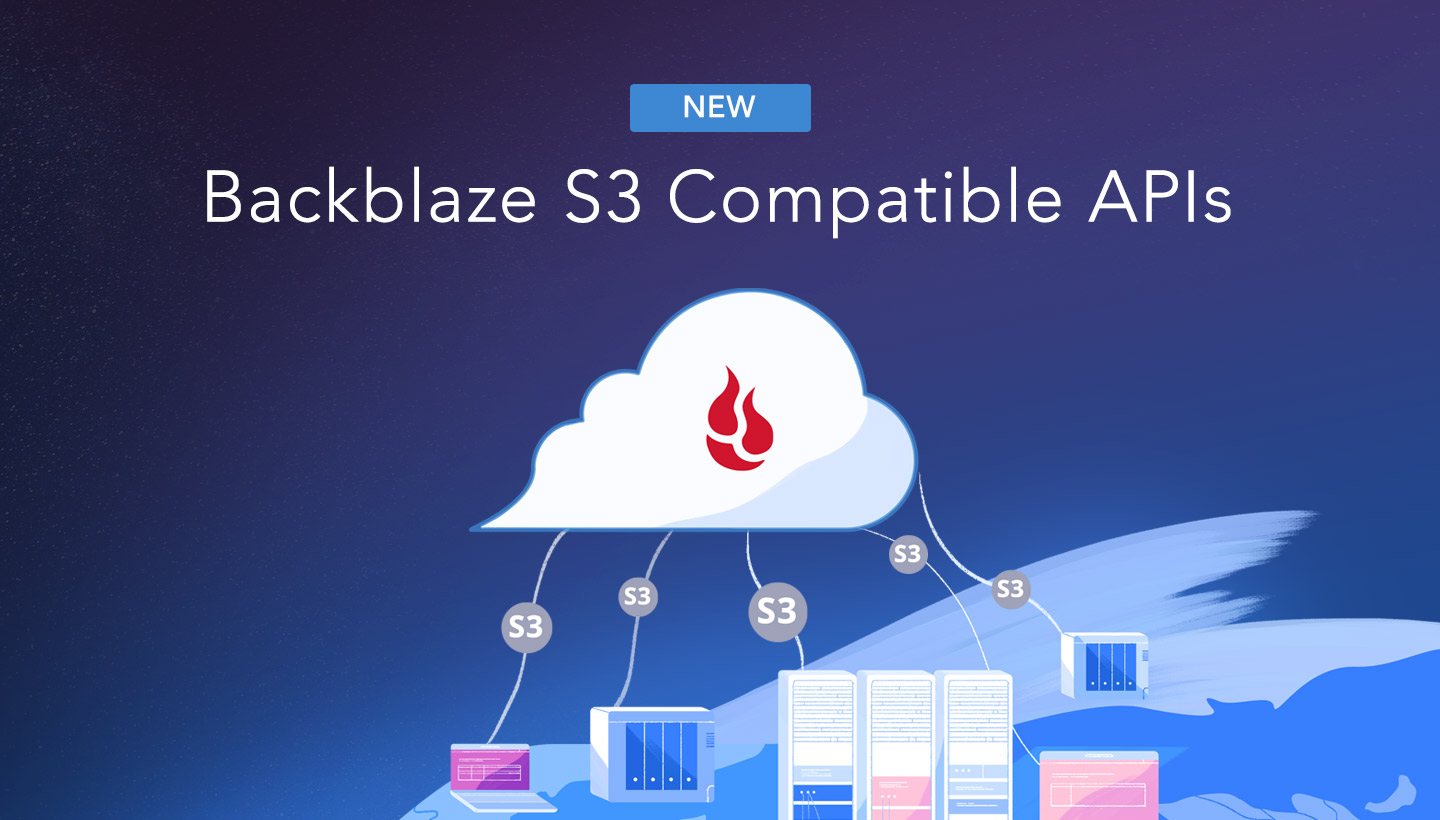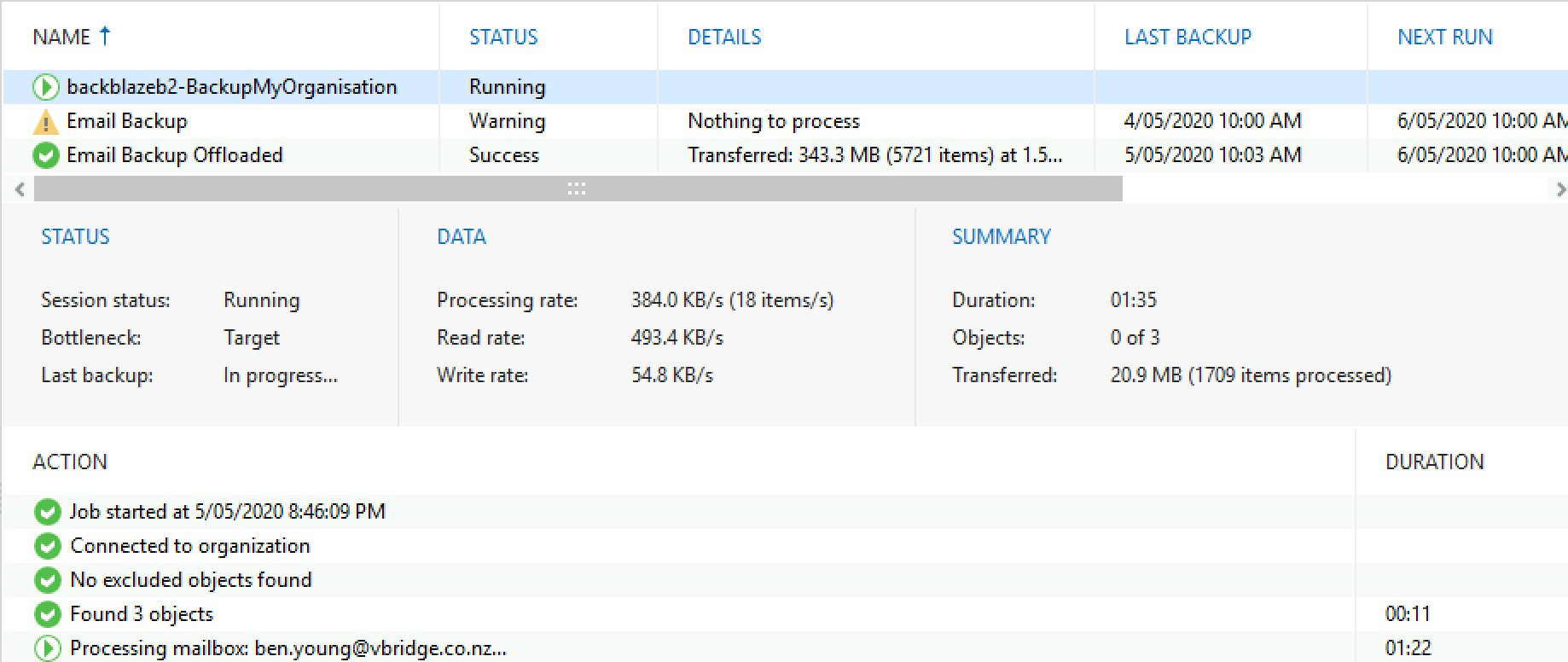

This is the backup of my backup in case my primary site is down (or corrupted, or broken, or stolen, or seized, or whatever).

That means I need to make an initial upload and after that, frequently sync my files there. My plan, is to use cloud storage as archive-backups. Your needs will define who is the best provider for you. When choosing your storage provider, you need to think a couple of things:Įvery storage provider have different prices for every read/write/delete/share operation.

There are a lot of cloud data storage provider. We can limit read, write, list, delete or even share specific objects with limited keys! Backblaze - Cloud Storage Backup We can define specific permissions to users or applications and/or we can separate access by creating different keys. AccessibilityĪccessing data through a REST API (aka endpoint) using tokens. Reduces any bottleneck as we can get objects from different places in a psedoparalleler way to construct our data.

PerformanceĪs data are being dispersed across disks and systems, improves read and write performance. Efficiencyīy not having a single point of failure in a distributed system, we can reach high throughput across our infrastructure. Also (in most cases) a self-healing mechanism is running in the background to preserve our data from corruption. We can choose how many copies we would like to have or in which systems we would like to have our replicated data. ReliabilityĪs we connect more and more systems, we can replicate our data across all of them. We can immediately increase our storage by simple adding new commodity systems in our infrastructure to scale up our storage needs, as we go. The main characteristics of object storage are: In a nutshell object storage software uses commodity hard disks in a distributed way across a cluster of systems. In this blog post, I will try to write a comprehensive guide on how to use cloud object storage for backup purposes.


 0 kommentar(er)
0 kommentar(er)
